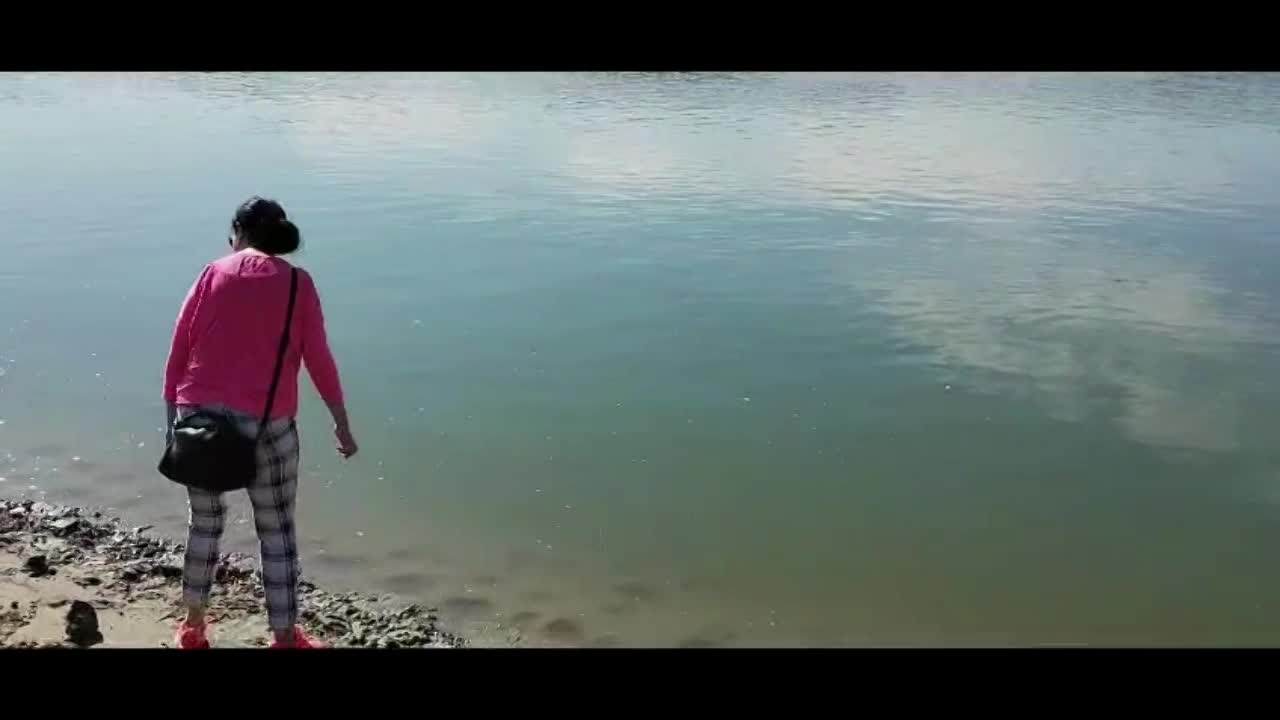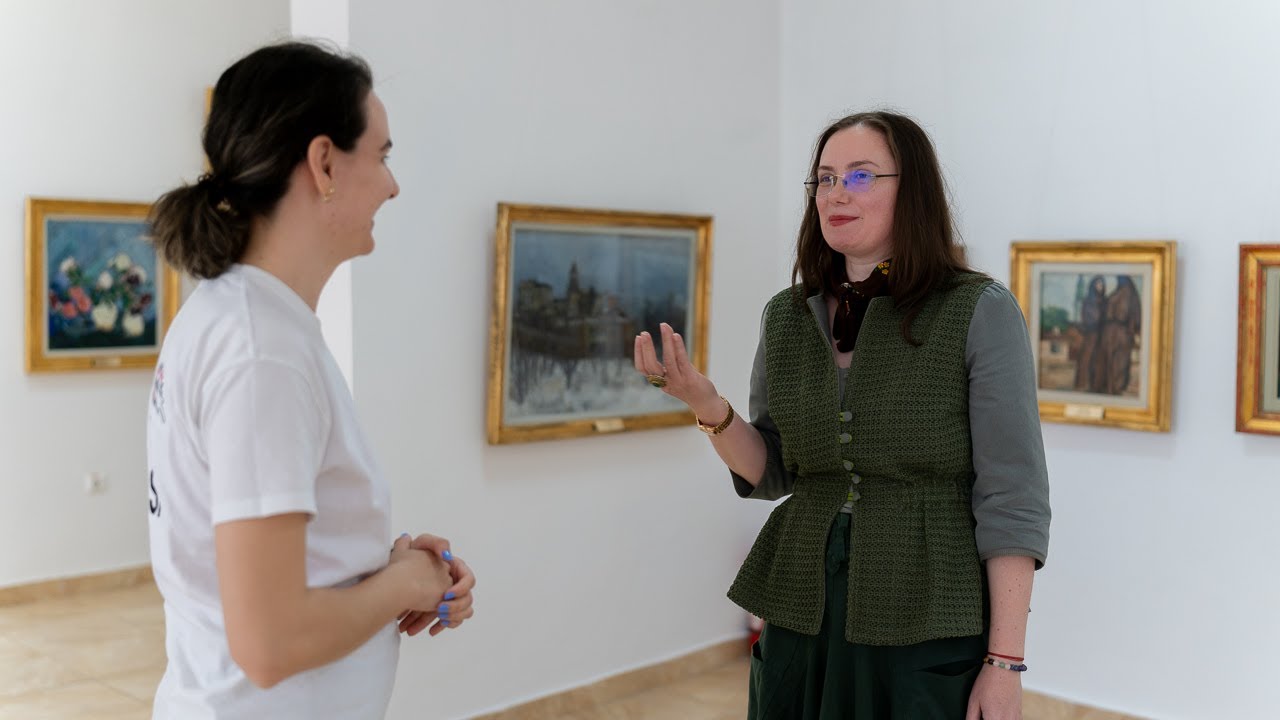Un alt punct de interes pe traseul arheologic și istoric al Constanței este comuna Topalu, cu cele două obiective importante: Cetatea Capidava și Muzeul de Artă.
Another point of interest on the archaeological and historical route of Constanța is the commune of Topalu, with its two important attractions: the Capidava Fortress and the Art Museum.

Capidava (Calidava) pe harta Tabula Peutingeriana // Capidava (Calidava) on the Tabula Peutingeriana map
1. Peisajul din apropierea localității Capidava este marcat de cursul sinuos al Dunării, cu faleze de calcar pe partea dreaptă și un mal jos și împădurit pe partea stângă, ce mărginește Balta Ialomiței. La locul unei vaste cotituri a fluviului se află ascuns satul Capidava, care își trage numele de la cetatea romană aflată pe un pinten stâncos la sud-est de sat. Aici, apusurile de soare oferă adevărate spectacole de culori și lumină, reflectate în apele Dunării.
1. The landscape near the locality of Capidava is marked by the winding course of the Danube, with limestone cliffs on the right side and a low, wooded bank on the left, bordering the Ialomița Delta. At the site of a vast bend in the river lies the hidden village of Capidava, named after the Roman fortress situated on a rocky promontory southeast of the village. Here, sunsets offer truly colorful and luminous spectacles, reflected in the waters of the Danube.

Dunărea la Capidava // The Danube at Capidava

Vedere spre Balta Ialomiței // View to the Ialomița Delta
Înainte de cucerirea romană, locul cetății avea importanță pentru poporul dac, aceasta fiind construită, de-a lungul râului, peste o veche așezare dacică. Numele de "Capidava" însemna în limba geto-dacă "cetatea fortificată de la cot[ul Dunării]".
Before the Roman conquest, the site of the fortress was significant for the Dacian people, being built along the river over an ancient Dacian settlement. The name "Capidava" meant in the Geto-Dacian language "the fortified citadel at the bend [of the Danube]."

Un colț împădurit pe malul Dunării (dreapta) // A wooded corner on the bank of the Danube (right side)
În cadrul pregătirilor pentru războaiele daco-romane, împăratul Traian a construit un castellum la Capidava, utilizând detașamente ale Legiunilor V Macedonica și XI Claudia. Acest fort a avut rolul de a controla vadul și de a găzdui o garnizoană, probabil Cohors I Ubiorum. Poziția strategică a Capidavei a fost crucială, fiind situată la intersecția unor importante căi de comunicație. De-a lungul timpului, fortul de la Capidava a fost o piesă importantă în sistemul defensiv roman de pe cursul Dunării, făcând parte dintr-o serie de fortificații construite la începutul secolului al II-lea pentru a consolida limes-ul dunărean.
În timpul perioadei bizantine, Capidava a fost reintegrată în sistemul defensiv, iar peste ruinele fortificațiilor romane au fost ridicate construcții medievale. Viața și locuirea în zonă au continuat până în secolul al XVIII-lea. Astăzi, ruinele cetății Capidava prezintă un amestec de construcții romane și medievale, reflectând istoria bogată a acestui important punct strategic de-a lungul Dunării.
During the preparations for the Dacian-Roman wars, Emperor Trajan built a castellum at Capidava, using detachments from the Legions V Macedonica and XI Claudia. This fort had the role of controlling the ford and accommodating a garrison, probably Cohors I Ubiorum. The strategic position of Capidava was crucial, being located at the intersection of important communication routes. Over time, the fort at Capidava was an important piece in the Roman defensive system along the Danube, being part of a series of fortifications built at the beginning of the 2nd century to strengthen the Danubian limes.
During the Byzantine period, Capidava was reintegrated into the defensive system, and medieval constructions were erected over the ruins of the Roman fortifications. Life and settlement in the area continued until the 18th century. Today, the ruins of Capidava Fortress present a mixture of Roman and medieval constructions, reflecting the rich history of this important strategic point along the Danube.
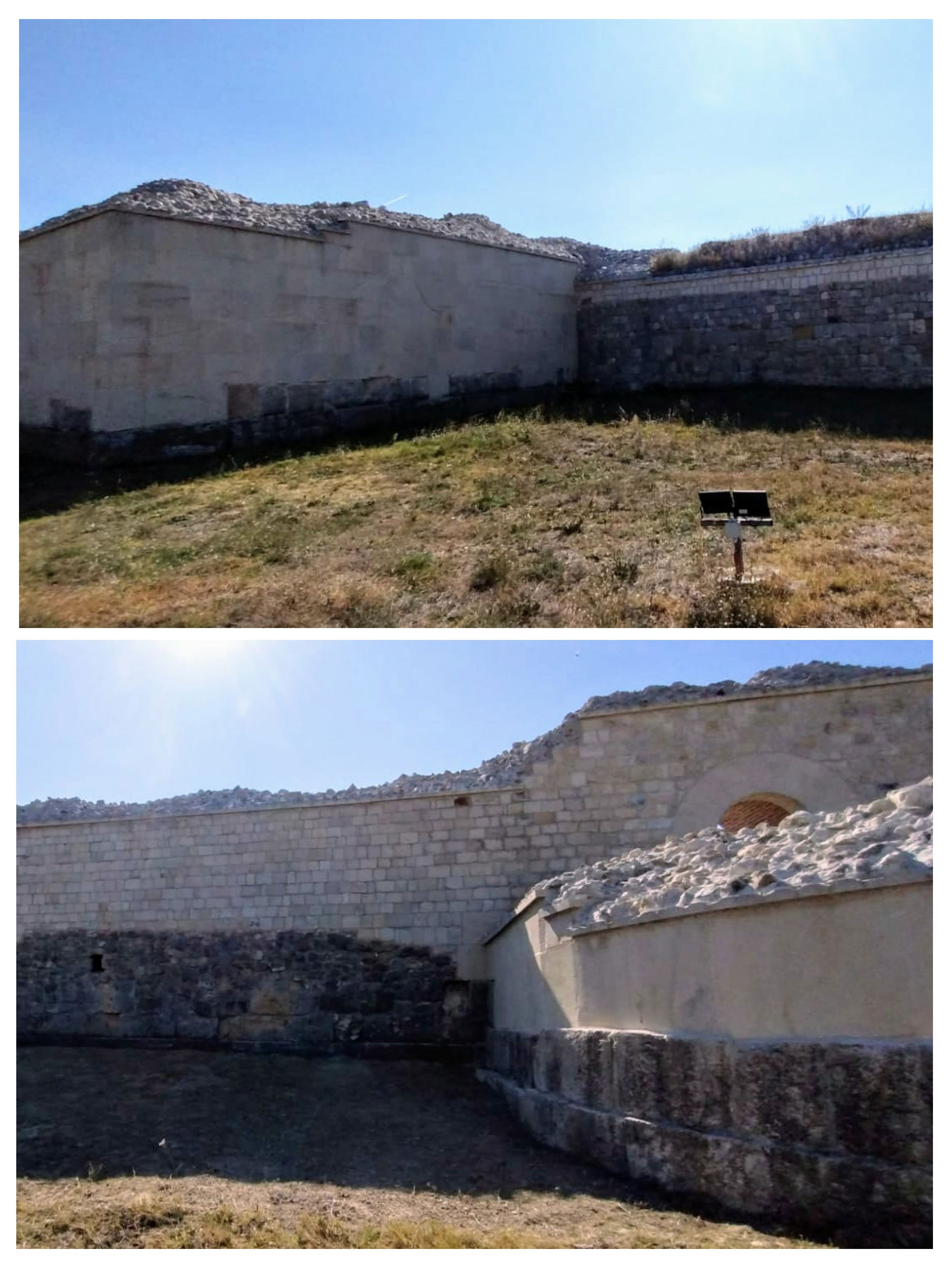
Zidurile exterioare // The outside walls

Intrări în incinta citadelei // Entrances to the citadel
După ce treci de poarta bizantină arcuită, traseul prin citadelă se parcurge, în mare parte, pe pasarele metalice. Accesul nu este însă îngrădit, deși în zonă continuă săpăturile arheologice.
After passing through the arched Byzantine gate, the route through the citadel is mostly covered by metal walkways. However, access is not restricted, although archaeological excavations continue in the area.

Pasarela care leagă diferitele incinte // The walkway that connects the various enclosures

Ruine și Dunăre // Ruins and Danube
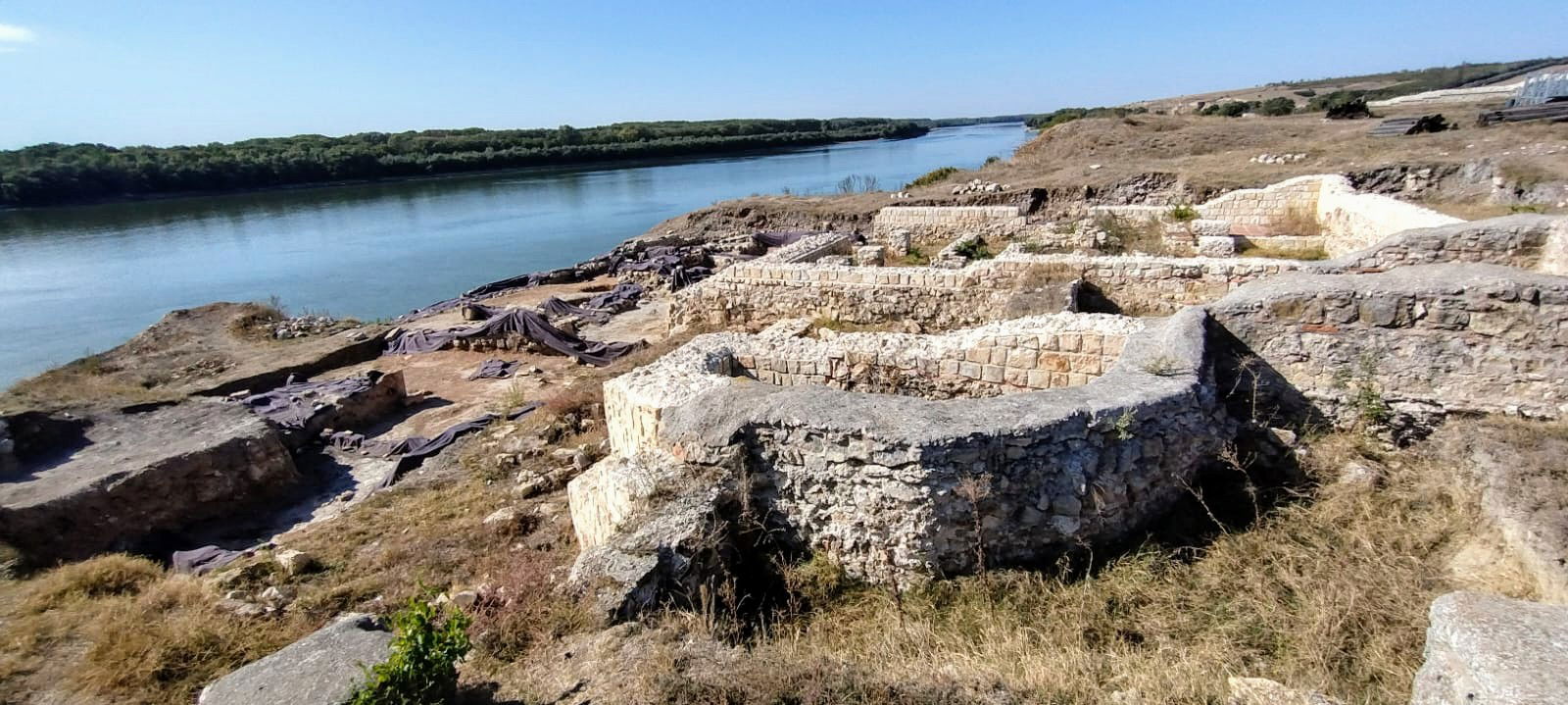
Pe malul Dunării, cotinuă săpăturile arheologice // On the banks of the Danube, archaeological excavations continue
Pe alt mal al Dunării, continuă săpăturile după scoici // On another Danube bank, excavations continue after shells
2. După ce ne-am clătit ochii cu Dunărea și ne-am umplut sufletele cu peisajul împădurit din preajma ruinelor Capidavei, a venit timpul pentru cireașa de pe tort, Muzeul de Artă "Dinu și Sevasta Vintilă" din Topalu - al cărui nume îl dau părinții medicului Gheorghe Vintilă, care, de-a lungul vieții, a colecționat aici peste 200 de lucrări de pictură, sculptură și grafică, opere ale unora dintre cei mai importanți artiști români ai secolelor XIX - XX. În sălile muzeului puteți întâlni picturi semnate de Ion Andreescu, Nicolae Grigorescu, Ștefan Luchian, George Demetrescu Mirea, Octav Băncilă, Theodor Pallady, Gheorghe Petrașcu, Nicolae Tonitza, Camil Ressu, Corneliu Baba, Alexandru Ciucurencu etc., precum și sculpturi semnate de Oscar Han, Dimitrie Paciurea, Corneliu Medrea sau Ion Jalea.
2. After we feasted our eyes on the Danube and filled our souls with the wooded landscape near the ruins of Capidava, it's time for the cherry on top, the Art Museum "Dinu and Sevasta Vintilă" in Topalu - named after the parents of the doctor Gheorghe Vintilă, who, throughout his life, collected here over 200 works of painting, sculpture, and graphics, pieces by some of the most important Romanian artists of the 19th and 20th centuries. In the museum halls, you can encounter paintings signed by Ion Andreescu, Nicolae Grigorescu, Ștefan Luchian, George Demetrescu Mirea, Octav Băncilă, Theodor Pallady, Gheorghe Petrașcu, Nicolae Tonitza, Camil Ressu, Corneliu Baba, Alexandru Ciucurencu, etc., as well as sculptures signed by Oscar Han, Dimitrie Paciurea, Corneliu Medrea, or Ion Jalea.
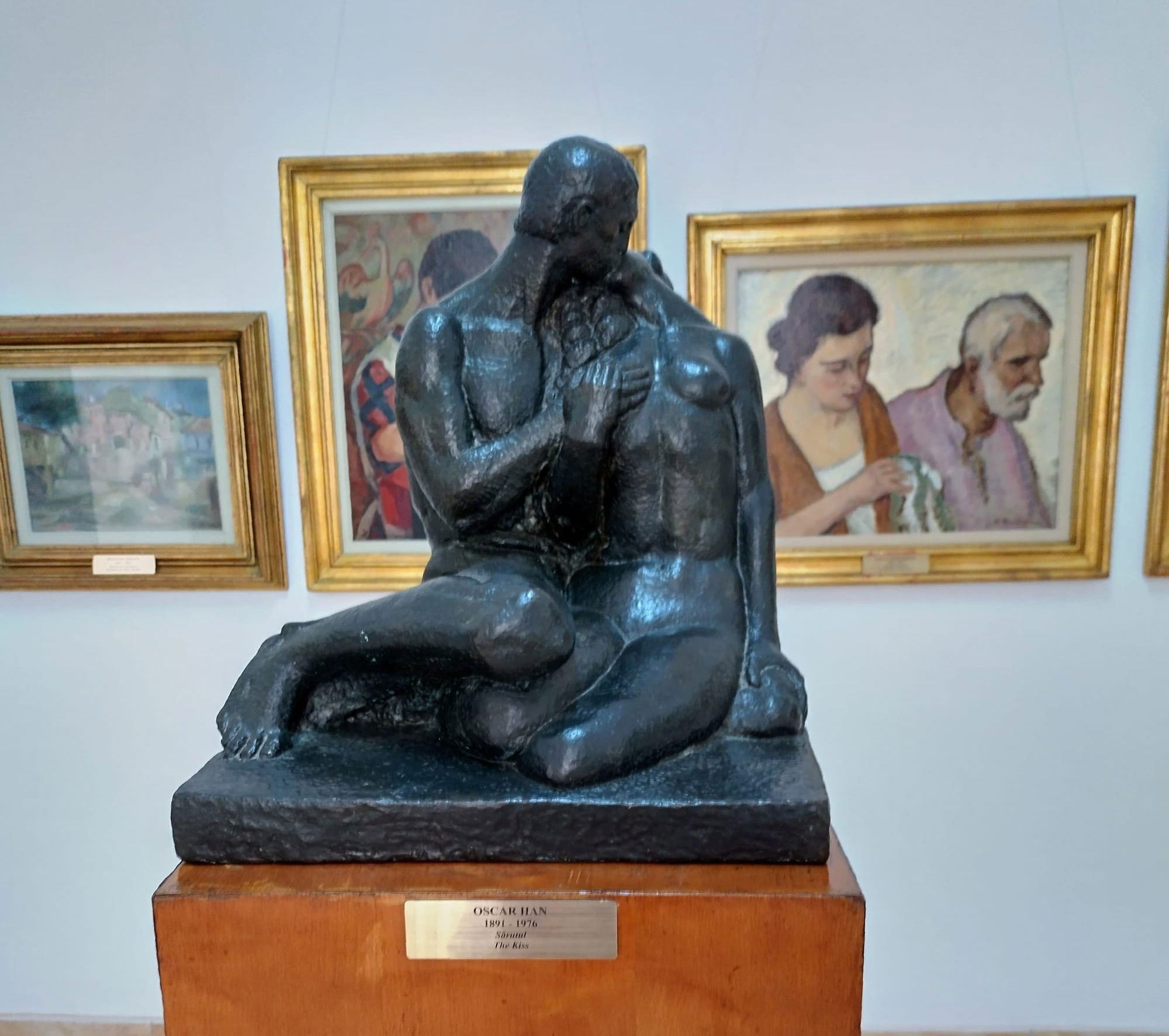
Oscar Han - "Sărutul" // Oscar Han - "The Kiss"

Theodor Pallady - "Peisaj la Constanța" // Theodor Pallady - "Landscape at Constanța"

Octav Băncilă - "Car cu boi" și "Natură moartă cu pești" // Octav Băncilă - "Cart with Oxen" and "Still Life with Fish"

Ion Theodorescu Sion - "Petrecere câmpenească" // Ion Theodorescu Sion - "Field Party"
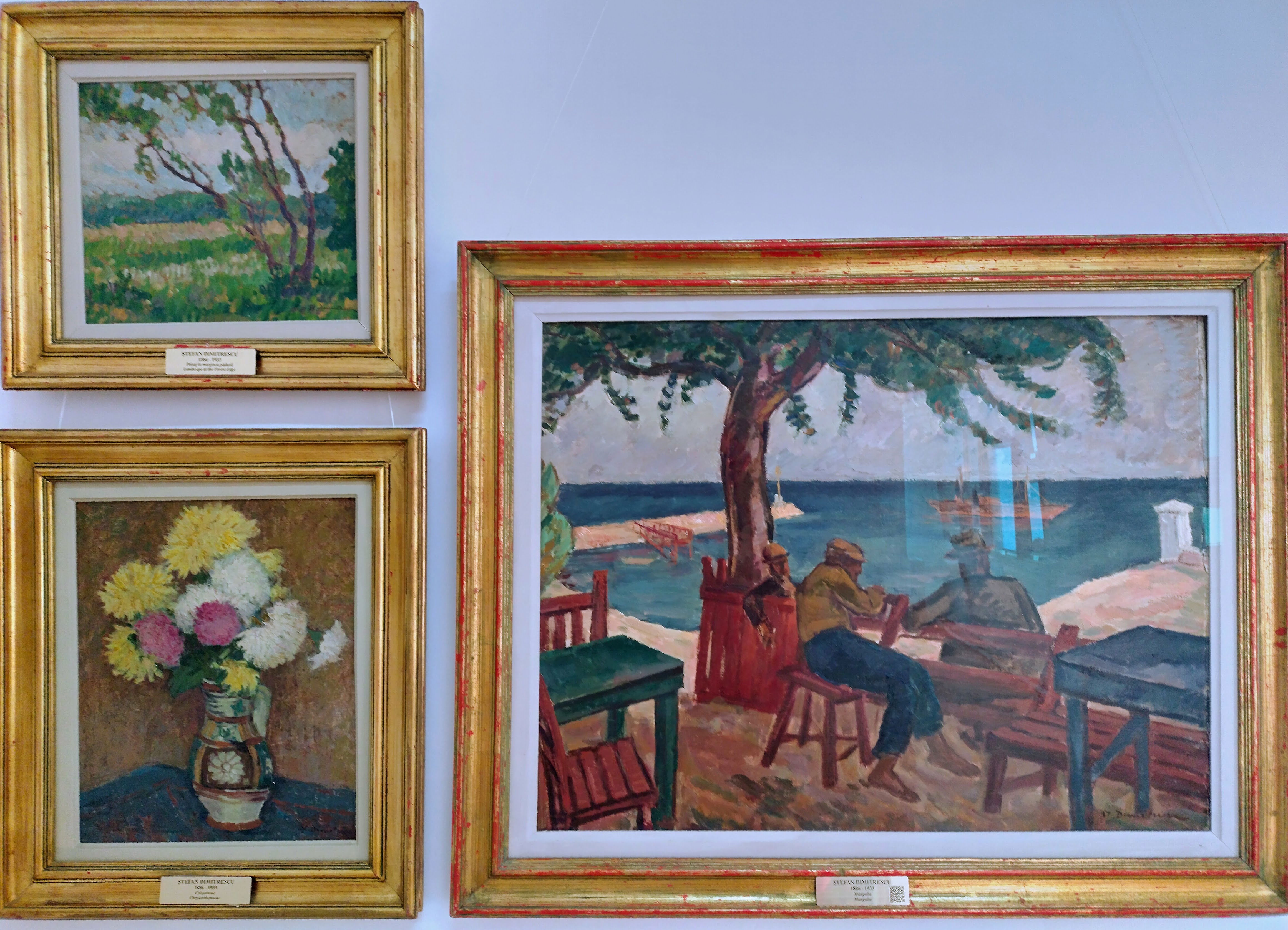
Ștefan Dimitrescu - "Peisaj la marginea pădurii", "Crizanteme" și "Mangalia" // Ștefan Dimitrescu - "Landscape at the Edge of the Forest", "Chrysanthemums", and "Mangalia"
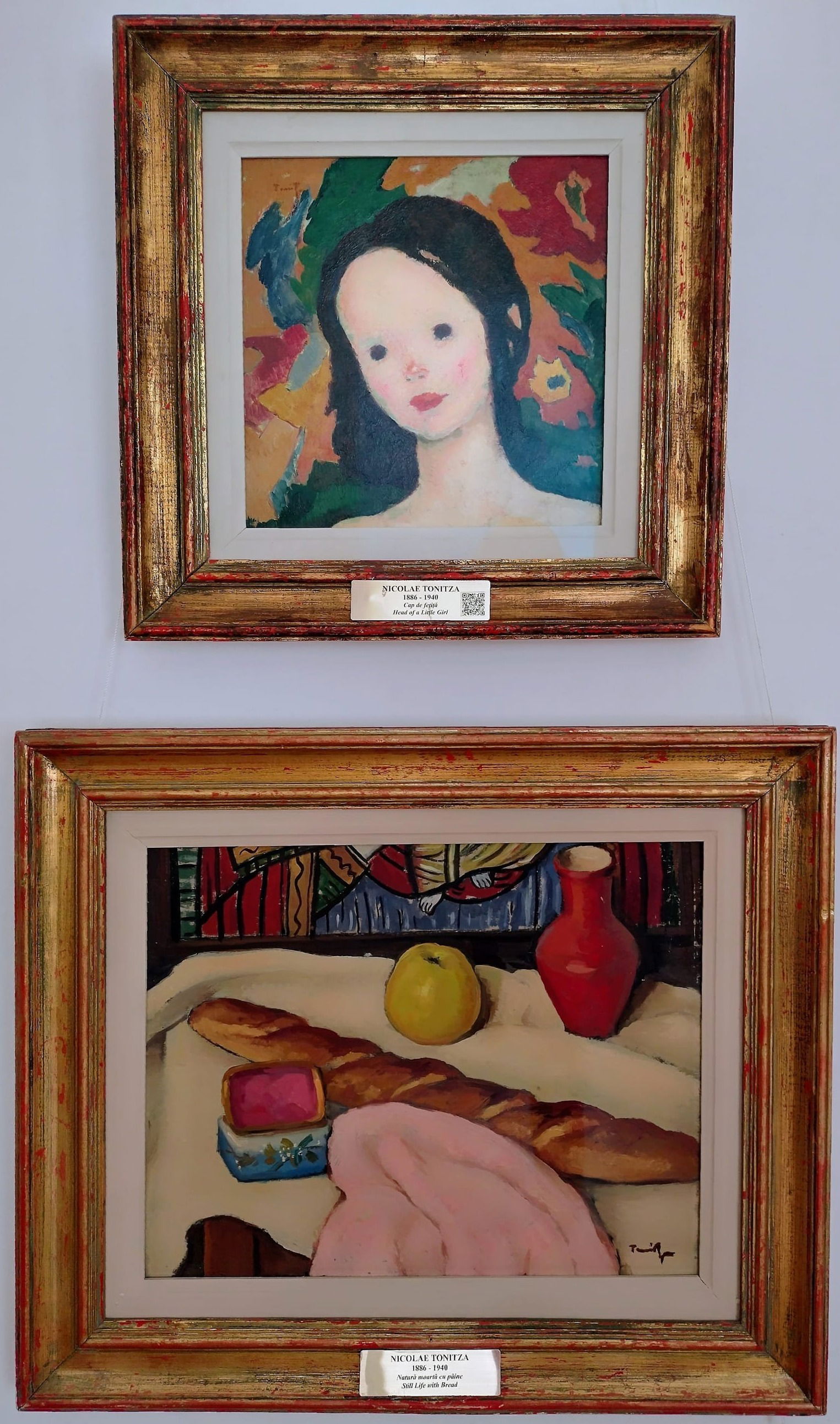
Nicolae Tonitza - "Cap de fetiță" și "Natură mortă cu pâine" // Nicolae Tonitza - "Head of a Little Girl" and "Still Life with Bread"
Din nefericire, doar în limba română, puteți urmări în clipul de mai jos o scurtă istorie și descriere a muzeului. Acest muzeu este un absolut must pentru iubitorii de artă!
Și-așa, pornim mai departe prin județul Constanța, către Cogealac, foarte plăcut impresionați de ce am văzut la Topalu.
Unfortunately, only in Romanian, you can watch in the video below a short history and description of the museum. This museum is an absolute must for art lovers!
And so, we continue further through Constanța County, towards Cogealac, very pleasantly impressed by what we saw in Topalu.
Comentariu (via https://muzeedelasat.ro) // Commentary (via https://muzeedelasat.ro)
- Cost: 10 RON taxa de intrare la ruinele cetății Capidava + 10 RON taxa de intrare la Muzeul de Artă din Topalu
- Durată: 2 ore, o oră pentru fiecare obiectiv
- Verdict: 10/10 - merită absolut!
- Cost: 10 RON entry fee for the ruins of Capidava fortress + 10 RON entry fee for the Art Museum in Topalu
- Duration: 2 hours, one hour for each attraction
- Verdict: 10/10 - absolutely worth it!
